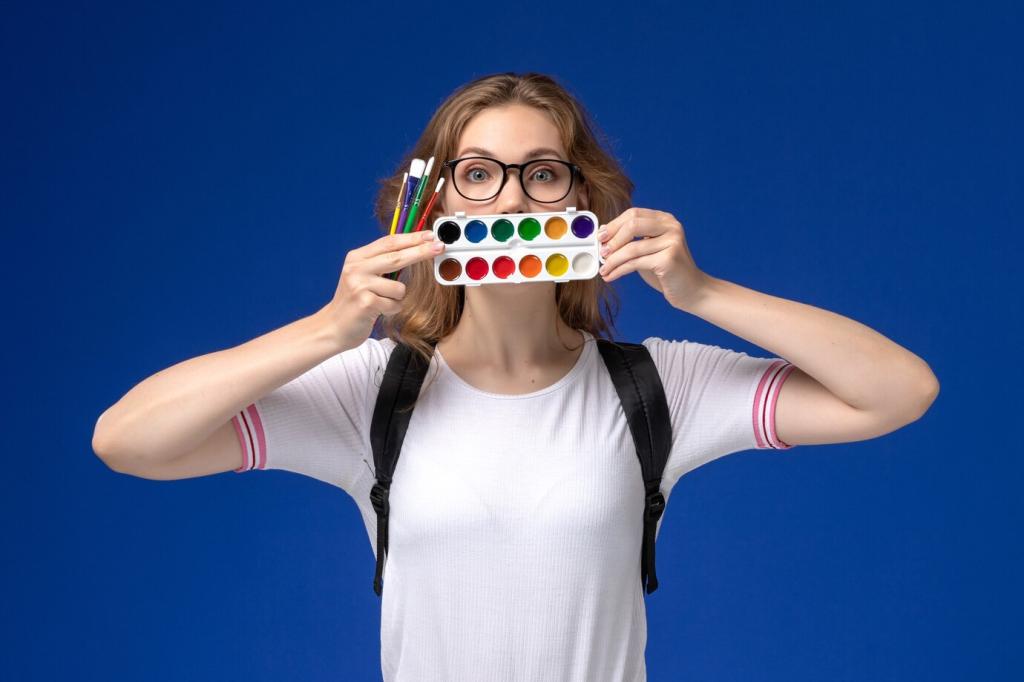Work Smarter: Home Office Colors That Shape Focus
A white desk signals reset and clarity, while blue desk legs or drawers add steadiness and trust. This pairing reduces visual clutter and improves task switching, helping you recommit to deep work without draining your mental energy.
Work Smarter: Home Office Colors That Shape Focus
Olive or moss shelving suggests growth and renewal, ideal for long-term projects. The hue maintains calm vigilance, supporting careful reading and recall. Arrange books by color temperature to avoid distraction while keeping strategic bursts of inspiration accessible.


